Ming Dynasty “Fu” Character Four-Eared Jar | A Precious Blue-and-White Ancient Porcelain Bearing Six Hundred Years of Auspicious Meanings
[Overview of the Collection]
This is a blue-and-white “Fu” character four-eared jar fired in a folk kiln during the mid – to late Ming Dynasty. The jar has a plump and simple shape, covered with off – white glaze all over. There are four loop ears on the shoulder, and a cursive “Fu” character is painted in blue and white on the abdomen. The brushwork is smooth and free, showcasing the free and vivid atmosphere of Ming – Dynasty folk porcelain painting. As a daily utensil that combined practicality and prayer for good fortune at that time, it has remained intact after six hundred years of vicissitudes. It is a precious physical object for studying Ming – Dynasty folk ceramic art and folk culture.
[Analysis of Material and Craft]
-
Characteristics of the Body and Glaze: The body is made of local clay. The porcelain body is firm yet slightly loose, with an off – white color. The glaze surface is moist, dotted with naturally – formed small iron spots (iron speckles), which is a typical feature of Ming – Dynasty folk kilns. The glaze layer is evenly thick and thin, with fine and natural crackles, presenting a texture of time precipitation.
-
Color of Blue and White: Domestic blue pigment was used. The blue – and – white color is inclined to gray – blue, with natural haloing. Without deliberately pursuing fineness, it has a kind of straightforward and simple beauty, which conforms to the aesthetic orientation of folk porcelain in the mid – to late Ming Dynasty.
-
Design of Four Ears: Four semi – circular loop ears are symmetrically decorated on the shoulder. The ears are plump, and their connection with the body is seamless. They are not only convenient for carrying by threading ropes but also decorative, reflecting the combination of practicality and aesthetics.
[Highlights of Design and Patterns]
-
Classic Shape: The mouth of the jar flares outwards, with a short neck, full shoulders, a bulging abdomen that tapers downwards, and a shallow and short ring foot. The overall lines are round and plump, giving a sense of stability and solidity. It is a classic shape of Ming – Dynasty folk storage vessels.
-
“Fu” Character Pattern: A cursive “Fu” character is painted in a single stroke of blue and white in the center of the abdomen. The pen movement is continuous, with a strong start and a natural and elegant end. The “Fu” character is outlined with simple lines, symbolizing “long – lasting good fortune”, reflecting the simple pursuit of auspicious meanings in Ming – Dynasty folk society.
-
Beauty in Details: The neck and the abdomen are separated by two thin string patterns. There is no excessive and complicated decoration on the body, with only the “Fu” character as the visual center, highlighting the aesthetic characteristic of “using simplicity to control complexity” in folk art. The lines are rough yet vivid, simple yet showing ingenuity.
[Historical and Cultural Value]
The Ming Dynasty was the heyday of Chinese ceramic development. In addition to the exquisite and magnificent imperial kiln porcelain, folk kiln porcelain was closer to people’s daily lives, carrying the aesthetics and beliefs of the common people. This jar, themed with the “Fu” character, reflects the profound influence of the “Fu culture” in traditional Chinese culture. As the most representative auspicious symbol, the “Fu” character has been regarded as a symbol of happiness, good luck, and well – being since ancient times. This jar combines practical functions with the wish for good fortune, vividly embodying the Ming – Dynasty folk philosophy of “daily use is the way”.
[Condition and Preservation]
-
The overall shape of the jar is intact, without obvious cracks or defects.
-
Slight abrasion and soil – soaking marks can be seen on parts of the glaze surface, which is normal for an old item.
-
The blue – and – white color has a slight haloing due to its long history, with a stable and natural color.
-
All four ears are well – preserved, without breakage or repair, and the holes of the loop ears are clear.
[Suggestions for Collection and Display]
-
Collection Value: Although there are relatively many blue – and – white jars from Ming – Dynasty folk kilns in existence, those with clear auspicious patterns and in good condition are rare. This “Fu” character jar has a classic theme and its craftsmanship bears the characteristics of the era, possessing high potential for folk – culture research and collection.
-
Display Matching: It is suitable for display in a Chinese – style study, a living – room display cabinet, or a European – style retro space. It can be displayed alone or paired with dried flowers, ancient books, etc., to create a strong atmosphere of Eastern history. It is not only a work of art but also a cultural symbol conveying auspicious meanings.
[About Ming – Dynasty Folk Blue – and – White Porcelain]
Ming – Dynasty folk blue – and – white porcelain is famous for its rich varieties, simple styles, and vivid folk atmosphere, forming a sharp contrast with the strict and standardized imperial kiln porcelain. Folk kiln artisans had more creative freedom, and their works often directly reflected the social life, folk beliefs, and aesthetic tastes of the time. They are important material carriers for studying Ming – Dynasty social culture. This “Fu” character four – eared jar is a typical product under this historical background, witnessing the unique charm of Ming – Dynasty folk ceramic art.
VirtuCasa Promise: All collections are photographed in kind, and the description of the condition is objective and true. A collection description card will be attached upon purchase, and global safe packaging and delivery are provided, allowing the beauty of Eastern ancient civilization to enter your collection system.
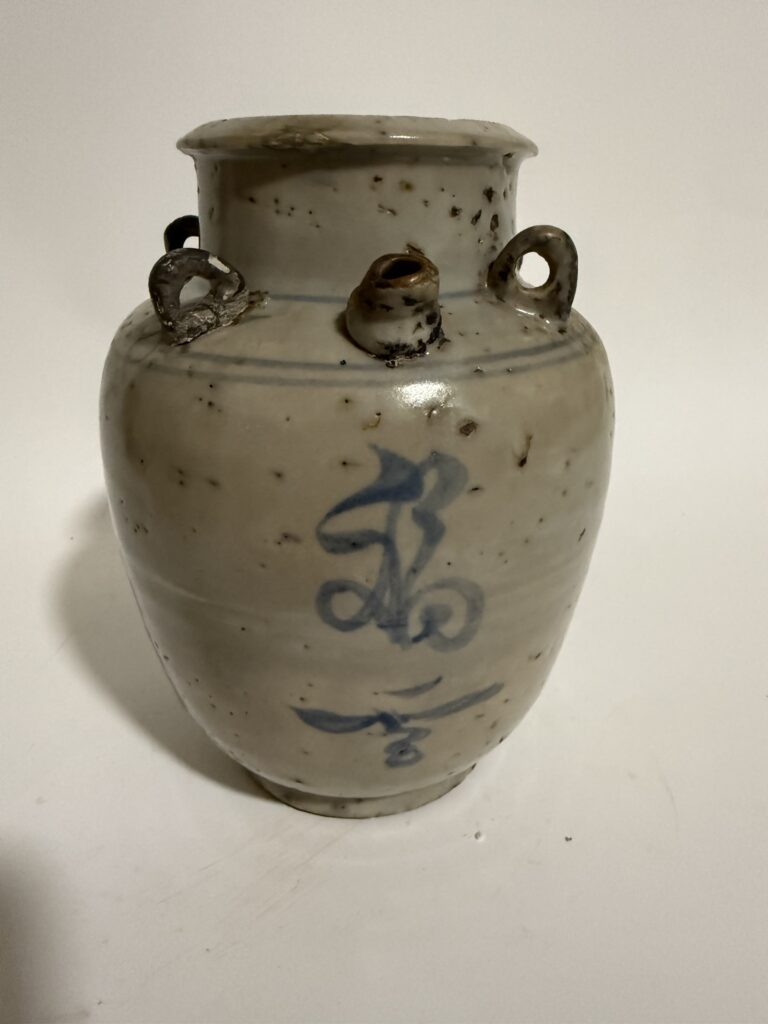
明代福字四耳罐 | 青花古瓷珍品 承載六百年吉祥寓意
【藏品概述】
此件為明代中晚期民間窯口燒制的青花福字四耳罐,器型飽滿樸實,通體施灰白釉,肩部飾四系耳,腹部以青花繪寫草體「福」字,筆法流暢灑脫,展現明代民間瓷繪的自由生動氣息。作為當時民間實用與祈福結合的生活器皿,歷經六百年歲月洗禮,仍保存完整,是研究明代民間陶瓷藝術與民俗文化的珍貴實物。
【材質與工藝解析】
-
胎釉特徵:採用當地黏土製胎,胎質堅實略帶粗鬆,胎色灰白;釉面溫潤,遍佈自然形成的鐵質小黑點(鐵斑),屬明代民窯典型特徵,釉層厚薄均勻,開片細密自然,呈現時光沉澱的質感。
-
青花呈色:使用國產青料,青花发色偏灰藍,暈散自然,無刻意追求精細,卻有一種率真樸拙的美感,符合明代中晚期民間用瓷的審美取向。
-
四耳設計:肩部對稱飾四個半環形繫耳,耳形飽滿,與器身連接處渾然一體,既便於穿繩攜帶,又兼具裝飾性,體現實用與美學的結合。
【設計與紋飾亮點】
-
經典器型:罐口外撇,短頸豐肩,鼓腹下收,圈足矮淺,整體線條圓潤飽滿,給人穩重厚實之感,是明代民間貯存器的經典造型。
-
福字紋飾:腹部中央以單筆青花繪寫草體「福」字,筆勢連貫,起筆頓挫有力,收筆飄逸自然,「福」字周邊以簡約線條勾勒,寓意「福澤綿長」,反映明代民間對吉祥寓意的樸素追求。
-
細節之美:頸部與腹部間以兩道細弦紋分隔,器身無過多繁複裝飾,僅以「福」字為視覺中心,突出民間藝術「以簡馭繁」的審美特點,線條粗獷中見靈動,樸實中顯匠心。
【歷史與文化價值】
明代是中國陶瓷發展的鼎盛時期,除官窯的精緻華麗外,民窯瓷器更貼近民間生活,承載著庶民的審美與信仰。此罐以「福」字為主題,體現了中國傳統文化中「福文化」的深遠影響——「福」字作為最具代表性的吉祥符號,自古以來被視為幸福、吉祥、安康的象徵。此罐將實用功能與祈福願望結合,是明代民間「日用即道」生活哲學的生動體現。
【品相與保存狀況】
-
整體器型完整,無明顯衝裂、缺損
-
釉面局部可見輕微磨損與土沁痕跡,屬老物件正常現象
-
青花顏色因年代久遠略有暈散,呈色穩定自然
-
四耳均保存完好,無斷裂修補,系耳孔通透
【收藏與陳設建議】
-
收藏價值:明代民窯青花罐存世量雖較多,但帶有明確吉祥紋飾且保存完好者並不多見,此件「福」字罐題材經典,工藝具時代特徵,具備較高的民俗文化研究與收藏潛力。
-
陳設搭配:適合陳列於中式書房、客廳博古架或歐式復古風格空間,可單獨陳設,或搭配乾花、古書等,營造濃郁的東方歷史氛圍,既是藝術品,亦是傳遞吉祥寓意的文化符號。
【關於明代民窯青花】
明代民窯青花瓷器以其豐富的品種、樸實的風格和鮮活的民間氣息著稱,與官窯的嚴謹規範形成鮮明對比。民窯工匠擁有更多創作自由,其作品往往直接反映當時的社會生活、民俗信仰與審美趣味,是研究明代社會文化的重要物質載體。此件福字四耳罐,正是這一歷史背景下的典型產物,見證了明代民間陶瓷藝術的獨特魅力。
VirtuCasa承諾:所有藏品均為實物拍攝,品相描述客觀真實,購買即附藏品說明卡,全球安全包裝配送,讓東方古文明之美走進您的收藏體系。

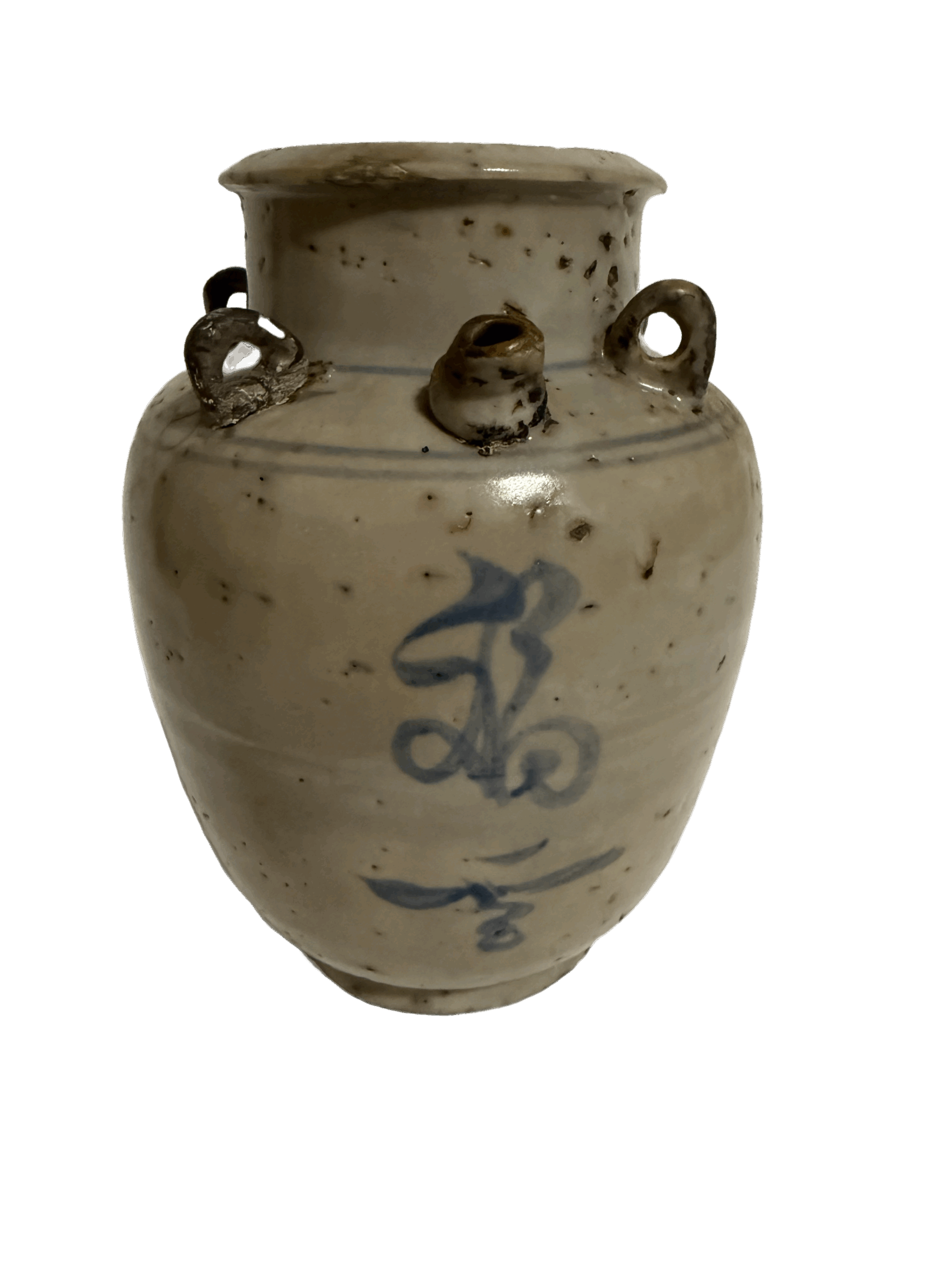
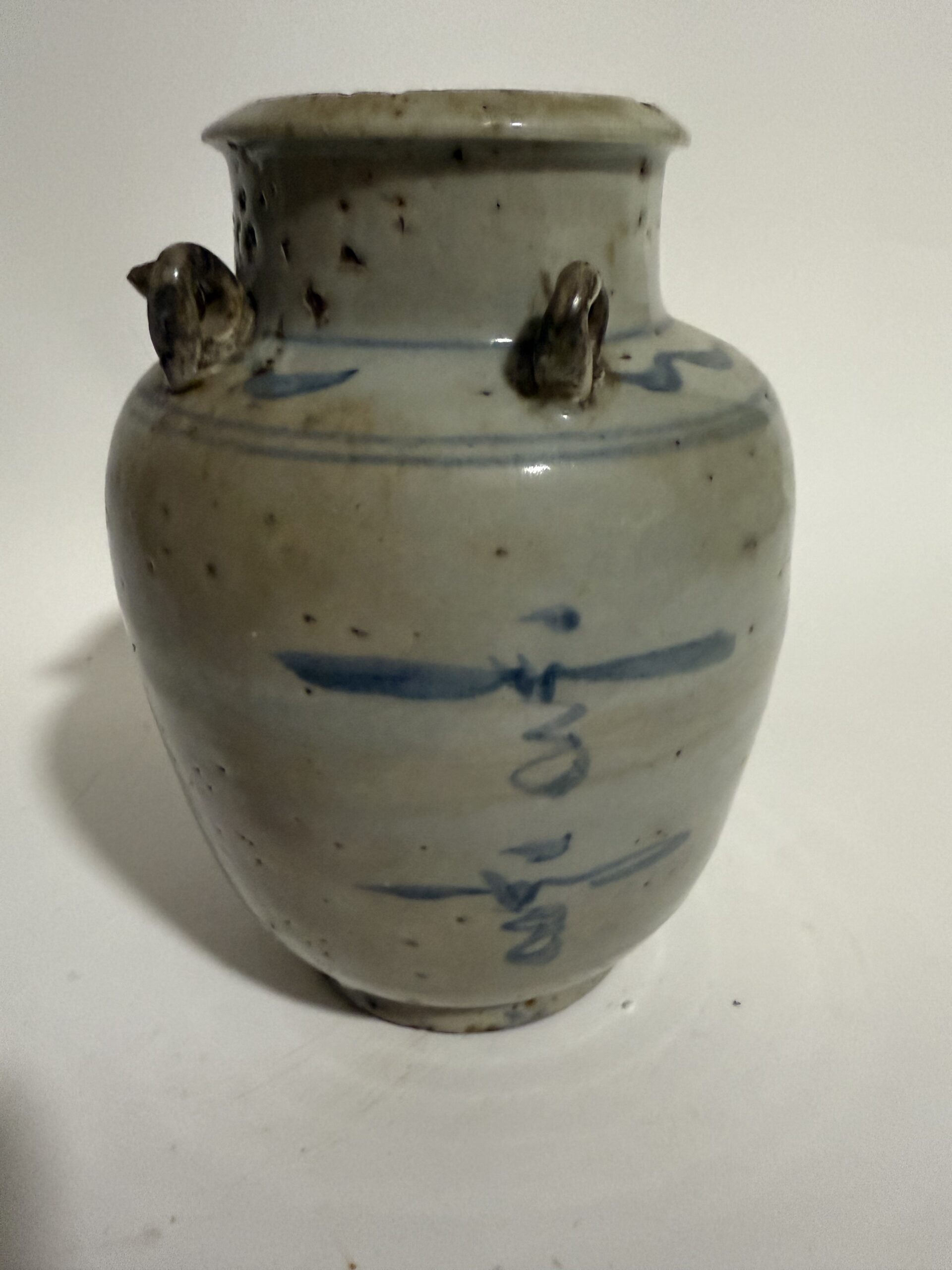
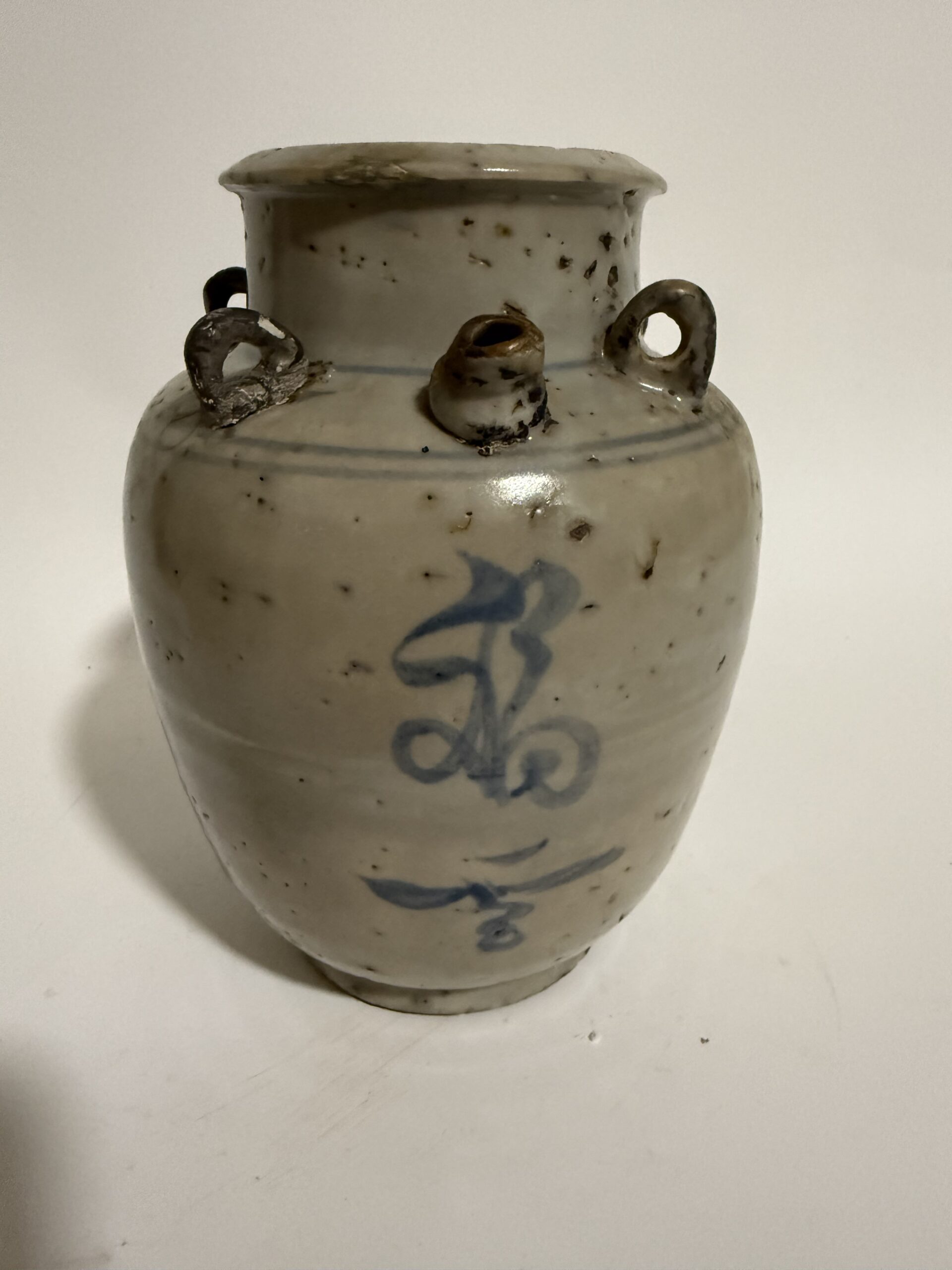

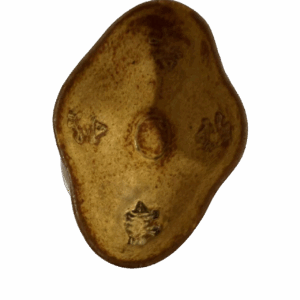
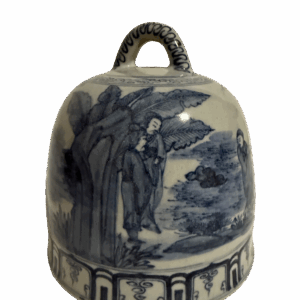
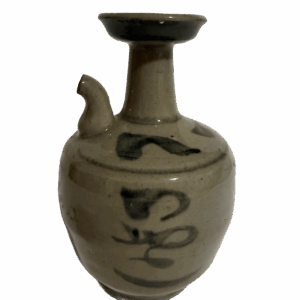
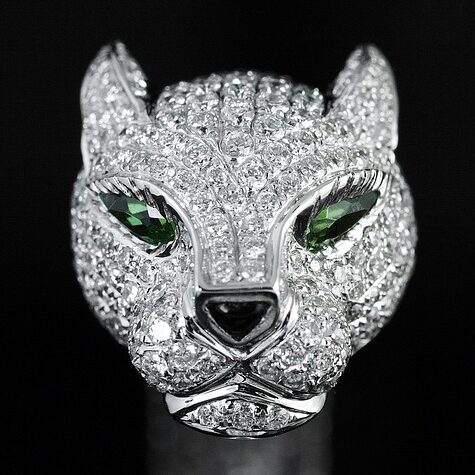
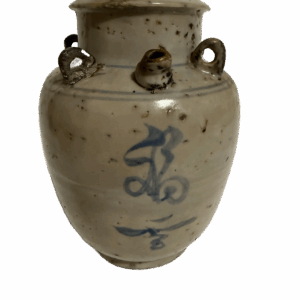
Reviews
There are no reviews yet.